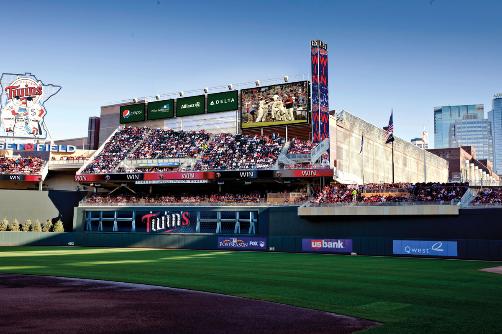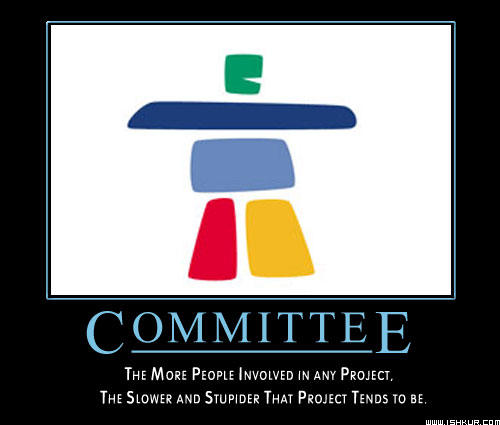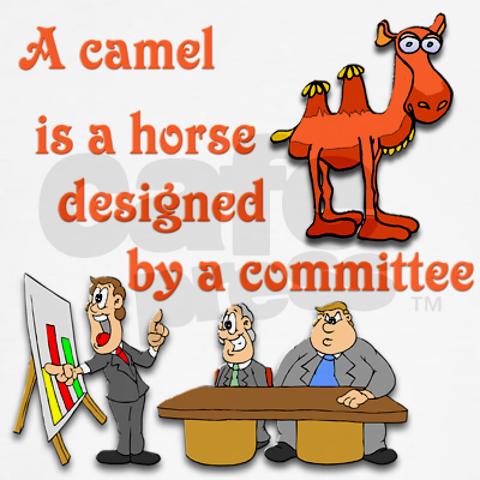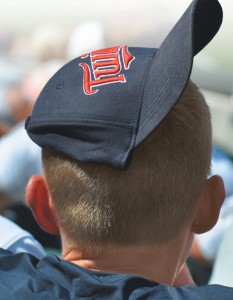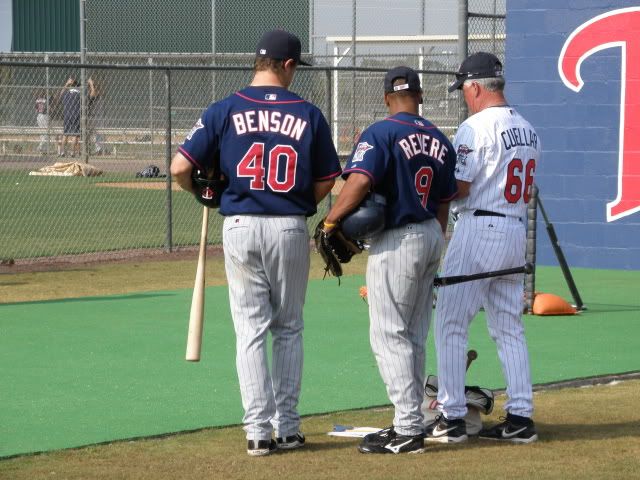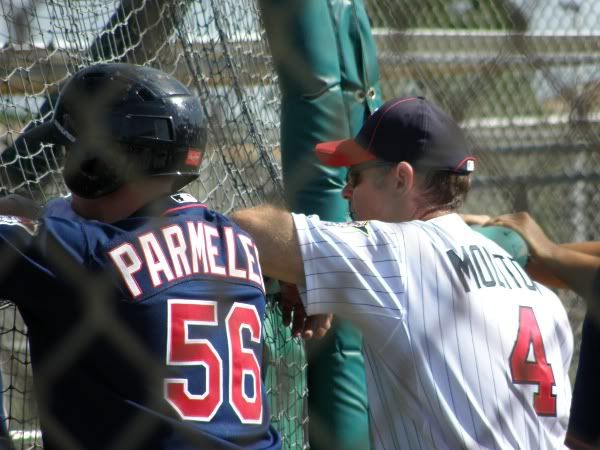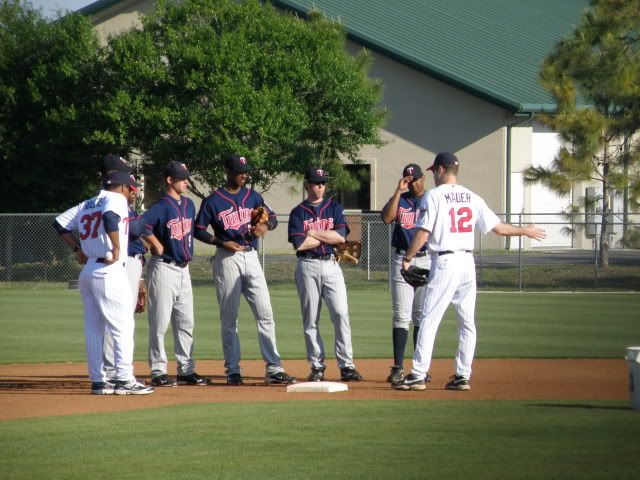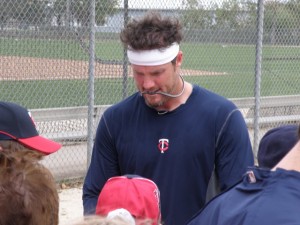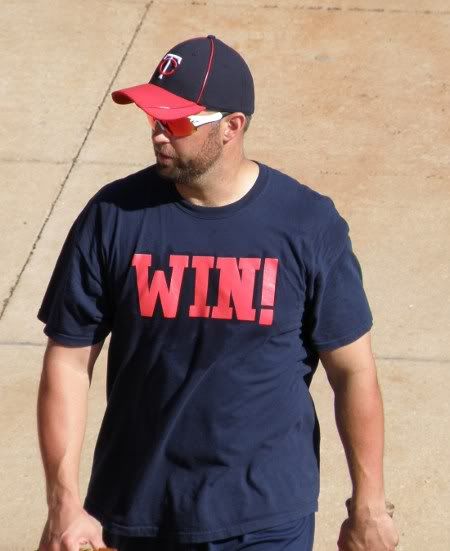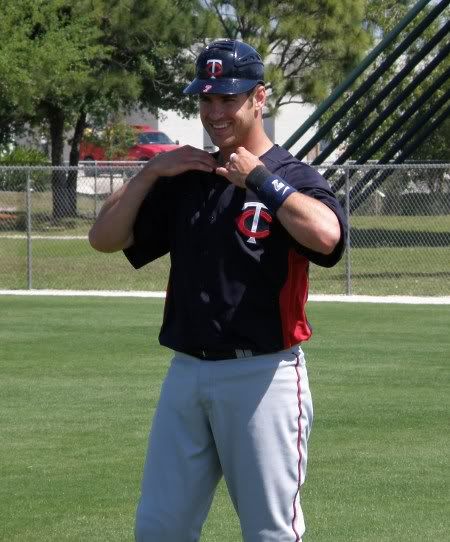These are interesting times to be a baseball fan.
The nature of Major League Baseball has always been unique because of the almost daily scheduling of games and its rich history of publishing at least basic statistics about each of those games, whether they be in box scores in the local newspaper or on the backs of baseball cards. Even going back to the days of my own childhood during the 1960s, I can recall friends who seemingly could recite the stats of all of our favorite Twins. That attention to detail came in handy when it came down to one of our favorite pastimes, trading baseball cards. We all wanted to assemble the best collection and we all thought we were better at making those swaps than anyone else.
But that didn’t mean we were smart enough to run a ballclub. Same Mele and Cal Ermer and Billy Martin were much better at managing a team than we were (well, maybe not Ermer, so much) and until free agency changed the entire business model, most of us thought Calvin Griffith and his organization were among the best baseball minds in the country when it came down to evaluating and acquiring talent.
We could watch most of the Twins’ road games on television, but for home games, we saw the games only through the eyes of the radio broadcasters. Any detailed accounts of the games came only through the words of the beat reporters for whichever Twin Cities newspaper your family happened to subscribe to.
Through most of the first decade that the Twins spent in Minnesota, corresponding with my youth, no matter how one season ended, we just trusted the Twins would be good the following year. There was no reason to think otherwise.
How times have changed.
Now we’re all experts. And as experts, ourselves, we simply don’t trust the people running the Twins to put a competitive team on the field every year.
 Because we have access to so much more data than anyone dreamed 50 years ago, we can confidently “prove” that Ron Gardenhire is clueless when it comes to managing a baseball team (despite the fact that he’s arguably had more success as a Twins manager than Mele, Ermer and Martin, combined). Then again, we don’t just know better than Gardy, we also know better than Hall of Fame caliber managers who have their teams in the World Series. (Be honest… you and I both have been wondering what the heck Tony LaRussa’s been smoking through most of the current WS.)
Because we have access to so much more data than anyone dreamed 50 years ago, we can confidently “prove” that Ron Gardenhire is clueless when it comes to managing a baseball team (despite the fact that he’s arguably had more success as a Twins manager than Mele, Ermer and Martin, combined). Then again, we don’t just know better than Gardy, we also know better than Hall of Fame caliber managers who have their teams in the World Series. (Be honest… you and I both have been wondering what the heck Tony LaRussa’s been smoking through most of the current WS.)
With the help of those same statistics (and a healthy dose of selective 20-20 hindsight), we can “prove” that Bill Smith is overmatched by his fellow GMs, as well as players’ agents, when it comes to making deals to fill out the Twins roster.
Not only that, but thanks to the internet in general and social media in particular, even a guy who writes for the 44th ranked blog in Twinsville can voice his concerns loudly enough that thousands of readers (OK, maybe just 100 or so this time of year) will know just how little faith he has in the Twins’ front office being capable of making the myriad of tough choices facing them this offseason.
Sometimes, it hardly seems fair to the Gardenhires and Smiths of MLB to have to put up with all of us “experts”. We should trust these people more, right?
Then again, they make it so difficult. Often, too difficult. Sometimes, impossible.
Just when we want to believe Bill Smith “gets it”… when we hear that he acknowledges that he needs to find an everyday shortstop (understandably glossing over the fact that he HAD such a shortstop a year ago and traded him away to the Orioles for a handful of magic beans) and needs to strengthen the rotation and accurately recites many of the club’s obvious deficiencies, he follows that up with a comment that makes you wonder if he either slept through half the season or really believes all the muscle strains and pulls and “weaknesses” that landed most of his team on the DL in 2011 were all caused by “collisions”.
Maybe he was just trying to put a brave public face out there to justify the club’s announcement that their entire training crew was being retained despite that particular segment of the organization having every bit as bad a year as the Twins pitching staff. Then again, the pitching coach is keeping his job, too, so I suppose it’s all fair.
Our friend k-bro made largely the same point this week in her blog (hey, I never promised I’d be original when I started doing this blogging thing). At some point, you really just want to see the Twins acknowledge what everyone who paid any attention this year could see. When they don’t do that, it’s difficult to trust them to fix problems they can’t even acknowledge exist.
Despite my frequent rants here, I don’t really believe that I know more than the people the Twins employ to run their organization, either in the front office or on the field. But, as I’ve mentioned too many times already, it’s frustrating that this organization seems to almost take pride in their unwillingness to use modern analysis to their benefit.
Yes, I’m once again referring to the apparent lack of serious attention the Twins pay to advanced statistical analysis. I get that they will never be an organization that makes all of their decisions based on so-called advanced metrics. I’m actually happy that’s the case. But when so many other teams DO make many decisions based on those metrics, it just makes me nuts to think the Twins seem to almost completely ignore them.
It brings to mind a scene in the classic movie, Patton. About to face off with Germany’s Erwin Rommel in North Africa, the camera shows Patton’s bedside table with a copy “Infantry Attacks,” authored by Rommel. After defeating Rommel’s Afrika Panzer Korps in battle (albeit absent Rommel, himself), Patton exclaims, “Rommel, you maginficent bastard…I read your book!”
Did Patton read Rommel’s book because he thought the German Field Marshal was smarter than he was? Unlikely. Even if he did pick up a kernel or two of strategic knowledge he hadn’t considered before, he’d likely never admit it. But that’s not the point.
The point is, if there is a way to get in to the minds of your opponents and get insight in to their strategies… what they believe… what they feel is over or under valued, you are a fool not to do so.
The Twins, under much of the current leadership, had considerable success over the past decade and the organization has earned a bit of leeway from fans. Injuries, more than any other factor, were responsible for the team losing the number of games they lost in 2011. But that doesn’t mean the front office can stick its head in the sand and pretend that doing everything the way they’ve always done things in the past will be good enough to restore the team’s competitive standing.
They’re smart enough people to know that.
I wish I trusted that to be the case.
– JC

